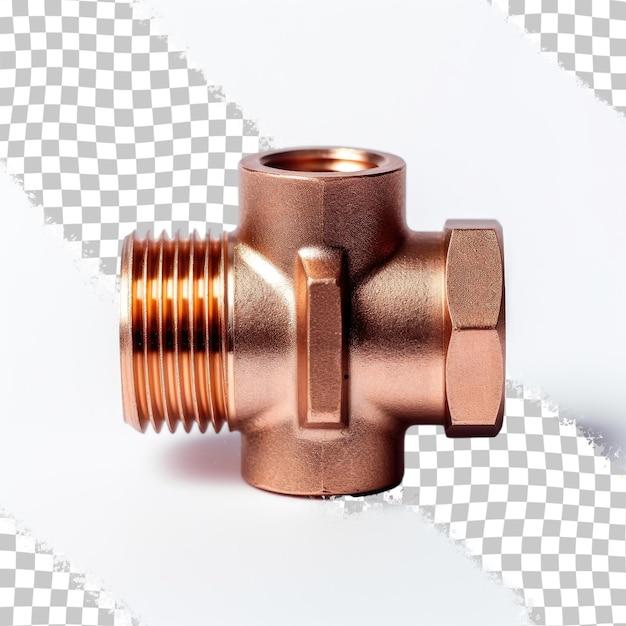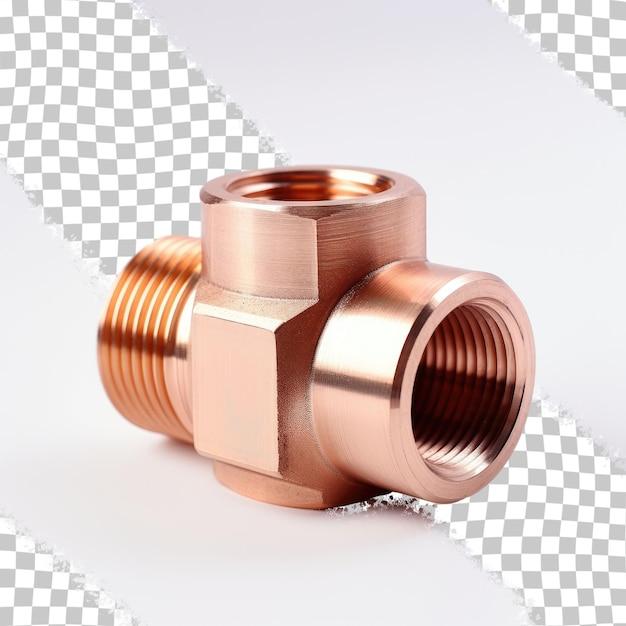Welcome to our comprehensive guide on FIP (Female Iron Pipe) and IPS (Iron Pipe Size) fittings in the world of plumbing. Whether you’re a DIY enthusiast or a professional plumber, understanding these fittings and their differences is crucial for successful installations.
Plumbing fittings are used to connect pipes and fixtures, ensuring a reliable and leak-free system. However, with a multitude of options available, it can be confusing to differentiate between FIP and IPS fittings, let alone decipher the acronyms. That’s where we come in!
In this blog post, we’ll address common questions like: “Is FIP the same as IPS?” and “What is the difference between FIP and NPT (National Pipe Thread)?” We’ll also explore thread types, sizes, and compatibility with other fittings, such as NPT and MIP (Male Iron Pipe).
So, if you’re ready to broaden your plumbing knowledge and become a more confident DIY plumber or simply want to understand the jargon when working with professionals, let’s dive into the world of FIP and IPS fittings!
Are you pleased with the result?
What Is FIP in Plumbing Fittings
If you’ve ever tackled a plumbing project, you’ve probably come across some interesting lingo. One term you may have encountered is FIP, which stands for Female Iron Pipe. But what exactly does it mean?
Understanding FIP
FIP is a type of threading used in plumbing fittings, particularly for connecting pipes and fixtures. It is a standardized form of threading that follows specific measurements and specifications. So, when you see FIP, it refers to the female end of a plumbing fitting that has internal threads.
Why Female Iron Pipes
Now you might be wondering, why “female” iron pipe? Well, think of it this way: FIP fittings are like the queens of the plumbing world. They’re the connectors that receive the “male” end, which has the external threads, allowing for a secure and tight fit. It’s like a royal courtship between plumbing components!
A Standardized Approach
FIP threading is a standard in the plumbing industry, ensuring compatibility between various fittings and fixtures. This standardized approach makes it much easier to find the right components for your plumbing project, saving you time and frustration. Plus, it helps keep the plumbing world running smoothly, with everyone speaking the same language.
Other Names for FIP
Sometimes, FIP is also referred to as “National Pipe Thread Female” or NPTF. While the terminology might differ slightly, the concept remains the same. Whether it’s called FIP or NPTF, it’s all about those internal threads that make magic happen in your plumbing system.
Connecting the Dots
When you’re working on a plumbing project, it’s essential to understand the different fittings and how they come together. FIP fittings are just one piece of the puzzle, but knowing their function and significance helps you make informed decisions.
So, the next time you encounter FIP in plumbing fittings, remember it’s the female end with internal threads. It’s the royal connector that brings harmony to your plumbing system. With standardized measurements and compatibility, FIP fittings keep the plumbing world spinning smoothly. Now you’re armed with a bit more plumbing knowledge to tackle your next project like a seasoned DIY-er!
FAQ: What Is FIP in Plumbing Fittings
Is FIP the same as IPS
FIP stands for Female Iron Pipe, while IPS stands for Iron Pipe Size. Although they may sound similar, they are not the same. FIP refers to the threaded end of a fitting, while IPS refers to the standard size of the pipe itself. So, while FIP refers to the end connection, IPS refers to the diameter of the pipe.
What is the difference between FIP and NPT
FIP refers to the type of thread used on the connection, while NPT stands for National Pipe Taper and refers to the type of thread used on the pipe itself. FIP threads are used on female fittings, while NPT threads are used on male pipe ends.
Is FPT and NPT the same
FPT, which stands for Female Pipe Thread, is often used interchangeably with FIP, but they refer to the same thing. Both FPT and FIP describe the threaded end of a fitting.
When should you not use PTFE tape
PTFE tape, also known as plumber’s tape, is commonly used to create a tight seal on threaded connections. However, it should not be used on some types of fittings, such as compression fittings, as they have a different sealing mechanism. Additionally, PTFE tape should not be used on gas connections, as it is not designed to withstand the high pressures associated with gas systems.
What size is FIP
FIP does not refer to a specific size, but rather to the type of thread used on the end of a fitting. FIP fittings come in various sizes, ranging from as small as ⅛ inch up to several inches in diameter.
What is the difference between NPT and MNPT
MNPT stands for Male National Pipe Taper, while NPT stands for National Pipe Taper. The difference lies in the gender of the fitting. MNPT refers to the male end of a fitting, while NPT refers to the female end.
What are the different thread types
In plumbing, there are several different thread types, including NPT (National Pipe Taper), FIP (Female Iron Pipe), MIP (Male Iron Pipe), and BSP (British Standard Pipe). Each type of thread is designed for specific connections and is not compatible with other thread types.
Is MIP tapered
Yes, MIP stands for Male Iron Pipe, and it does have a tapered thread. The taper helps create a secure and tight connection when the MIP fitting is tightened into a socket or female connection.
What is half-inch IPS
Half-inch IPS refers to the standard size of a pipe with a ½ inch diameter. IPS stands for Iron Pipe Size and is a standardized system used in the United States to identify the size of pipes and fittings.
What is FIP inlet valve
An FIP inlet valve is a type of valve that has a Female Iron Pipe (FIP) thread on the inlet side. It is commonly used for connecting the valve to a pipe or fitting with a matching FIP thread.
Does NPT fit IPS
Yes, NPT (National Pipe Taper) threads are compatible with IPS (Iron Pipe Size) connections. NPT fittings can be used with IPS pipes as long as they have the same diameter.
What is CC in plumbing
CC is an abbreviation for “Center to Center” and is used to describe the measurement between the center points of two adjacent plumbing fixtures or fittings. It is often utilized when planning the placement of pipes and fittings to ensure proper alignment.
What is an FIP connection
An FIP connection, or Female Iron Pipe connection, is a method of joining fittings or valves using a female threaded end. It is commonly used in plumbing to connect pipes and other components securely and create a leak-free seal.
Does NPT fit MIP
NPT (National Pipe Taper) threads are not compatible with MIP (Male Iron Pipe) threads. NPT is designed for use with NPT threads, while MIP is designed for use with FIP (Female Iron Pipe) threads.
What is the difference between IPS and NPT
IPS (Iron Pipe Size) refers to the standardized size of pipes and fittings, while NPT (National Pipe Taper) refers to the type of thread used on the pipe or fitting. IPS is used to determine the size of a pipe, while NPT is used to create a secure connection between pipes and fittings.
What is NPT in plumbing
NPT (National Pipe Taper) is a type of thread used in plumbing to create a secure and leak-free connection between pipes and fittings. The tapered design of NPT threads allows for a tight seal when the male and female ends are tightened together.
What does FIPs mean in plumbing
FIPs stands for Female Iron Pipe and refers to the threaded end of a fitting. In plumbing, FIPs are used on female fittings to create a secure connection with male fittings.
Is FIP thread tapered
No, FIP (Female Iron Pipe) threads are not tapered. Unlike NPT (National Pipe Taper) threads, which are tapered, FIP threads have a straight design. The use of a straight thread allows for a more precise and secure connection.
Can I connect FIP to NPT
Yes, you can connect FIP (Female Iron Pipe) to NPT (National Pipe Taper) threads by using a female fitting with FIP threads and a male fitting with NPT threads. These two types of threads are designed to be compatible and can create a secure connection when properly tightened.

